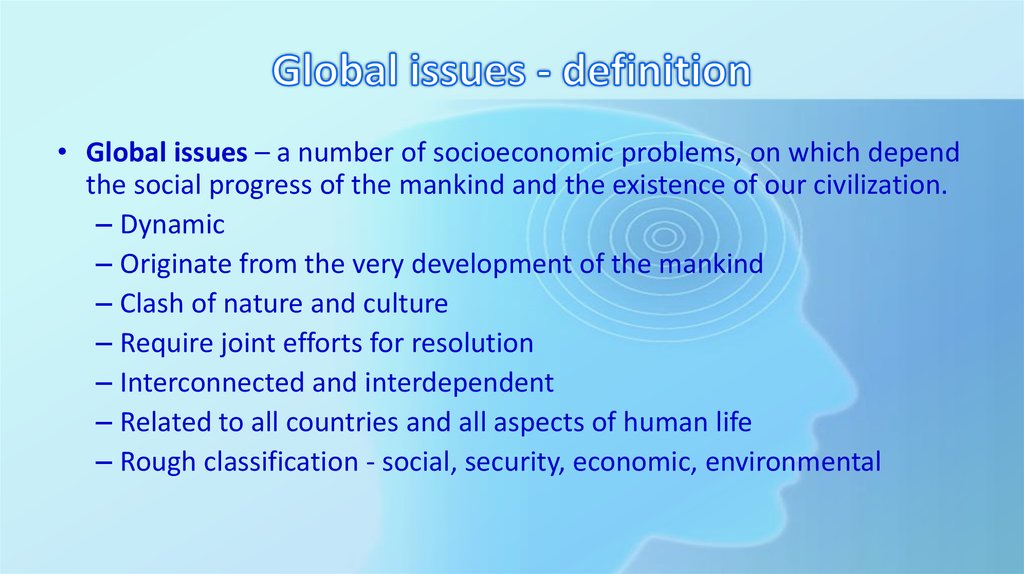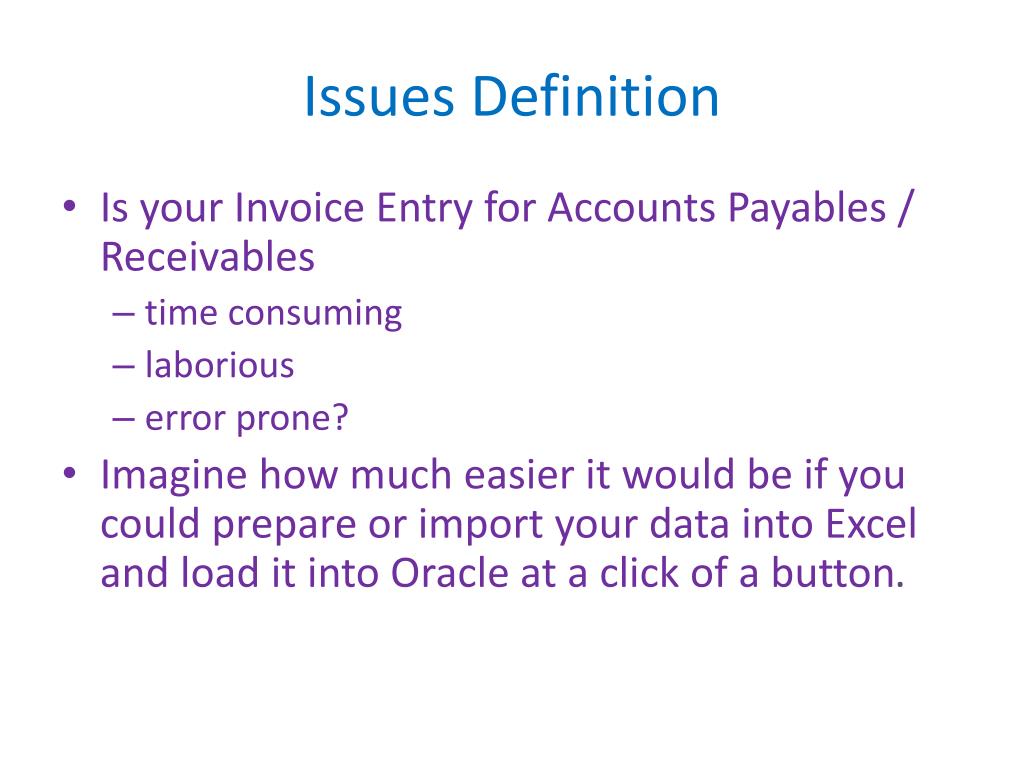
Steve is a project manager at Better Build Construction. Here are some examples to help you better understand these two project management terms: Risk example An issue register can contain the following details: This typically includes the following information:Ī project manager may track issues in an issue register or issue log. A project manager might use a risk register or log to track risk data. When managing risks and issues, project managers document the details in different locations. Read more: Risk Management: A Definitive Guide Documentation A project manager may delegate new tasks and communicate expectations to a production team. Next, they can review their process to prevent the issue in the future.Ĭommunication: Collaboration and communication are important tools in issue management. For example, if there is a technology issue during development, the project manager might prioritize fixing the issue first, so that production can continue. Prioritization: Project managers may prioritize components of an issue to create a short-term and long-term plan. They may also create an alternative plan detailing a solution. Planning: When faced with an issue, project managers can review and refine their business plans. Issue management strategies can vary depending on the issue, company and project. For example, a company can use an insurance policy to transfer risk to the provider in case of a particular event. Transfer: Risk transfer involves shifting the risk from one group to another. A company may pay a deductible or fee, and the insurance provider takes some of the risk. For example, insurance plans involve some risk sharing. Sharing: Risk sharing involves dividing the risk to different groups of people. They create a strategy to change the impact of the risk. Reduction: Risk reduction, also called risk mitigation, is when a company determines that a risk is likely to happen. When they analyze the risk, they determine the cost is so small that it is more cost-efficient to keep the risk.

For risks, a manager may take one of the following approaches:Īvoidance: When possible, project managers can plan to avoid risks altogether.Īcceptance: Also called risk retention, risk acceptance is when a project team decides to keep a minor risk. When managing risks and issues, project managers can take different approaches. Project managers consider this an obstacle that they can address. An issue is something that challenges the current project. A risk is something that could be an opportunity or a challenge depending on the project and the risk. ImpactĪnother way these two concepts differ is in their potential impact. It is something that the project manager can work to address in the present. An issue is something that has occurred or is currently happening. It's an uncertainty that project managers can create plans and strategies for. A risk is something that could occur in the future. One main difference between a risk and an issue is the timeline and focus. Here are some of the key differences between these two concepts: Time It's important to understand the difference so you can plan and refine your business strategy effectively. Risk and issue management are both important parts of project management and planning. Read more: 50 Project Management Terms To Know Differences between risks and issues

A project manager may use collaboration or delegation to solve this challenge. This is an unforeseeable event that affects the project. An example of an issue is when a team member has to leave suddenly. Even with careful planning, challenges can arise, and project managers can use problem-solving skills to create positive solutions. Read more: Risk Management: A Definitive Guide What is an issue?Īn issue in business is a challenging event that has already occurred or is currently occurring. By analyzing risks, project managers can help create plans and strategies for potential outcomes. Another example of a risk is that someone from the project team could leave during production. If a new technology comes out during the project, this could benefit the overall project. For example, a positive risk could be a new technology. In business, a risk is an event that may occur that could affect a project. Read more: FAQ: Project Management Basics What is a risk?


In this article, we explain what a risk is, what an issue is and how the two compare in key areas to help you plan your next project strategy. Learning about risk and issues in business could help you in your project management or business career. Project managers plan to minimize risks and resolve challenges as they occur. Project management is the process of using skills, knowledge and planning to complete projects.


 0 kommentar(er)
0 kommentar(er)
